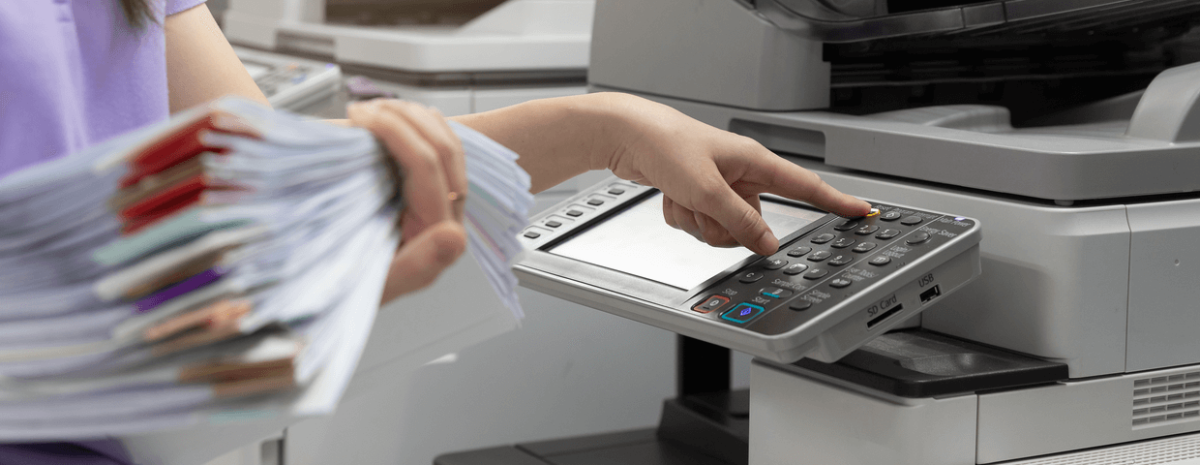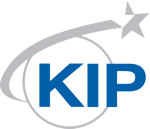
Every good business solution deserves a crash course, right? Today we're diving into digital scanning to give you the ins and outs of this powerful tool for companies in all kinds of industries. Grab a notebook, sharpen your pencils, and get ready to learn--scanning school is in session!
How Scanning Works
Scanning has had a place of honor in the business world for quite a while. However, digital scanning takes this solution to a whole new level--and, along the way, it introduces a few new steps. Here's how it works:
- #1: An image is captured.
Let's say you took handwritten notes during a conference and now want them digitized. Your first step is to capture an image of those notes. To do that, you could use a scanner or multifunction device with scanning capabilities, but you can also use a smart device to take a picture or video. That's right: depending on the software included with your scanner, it can be (almost) as easy as taking a selfie.
- #2: Your data is transformed.
Now that the software knows what you're trying to capture, it takes that information and compares it against knowledge in a vast database. This is how it determines relevant notes (like the due date for that big project) from unimportant marks (like doodles in the margins of your page), and also how it "reads" what you've written to transform it into digital data.
- #3: Your notes are digitized.
Finally, the software uses various tools and tricks to properly display your handwritten data in the digital space. This information can often be edited, copied, shared, and searched.
Who Uses Scanning?
Now that you know how it works let's take a look at the best part of scanning: its flexibility. Scanning is useful in all kinds of industries, including:
Healthcare
Healthcare data like pharmacy information or patient notes may exist in numerous formats. Scanning helps capture and digitize that data, so it's consistent, easily accessible, and precise,
Manufacturing
The manufacturing industry has a lot of information from a lot of sources. To manage constantly-changing information, scanning helps keep details up-to-date and easily accessed.
Travel
From passenger identification to the organization of digital itineraries, scanning is a great way for travelers and transportation experts alike to make sure "getting there" really is half the fun.
In conclusion, scanning works by capturing, transforming, and digitizing data from a variety of sources. Once digitized, this data can be useful in workflows of all kinds--and in numerous industries.
To learn more about this powerful solution, keep an eye out for part two of our scanning crash-course series. And in the meantime, contact us today with any questions you might have!










